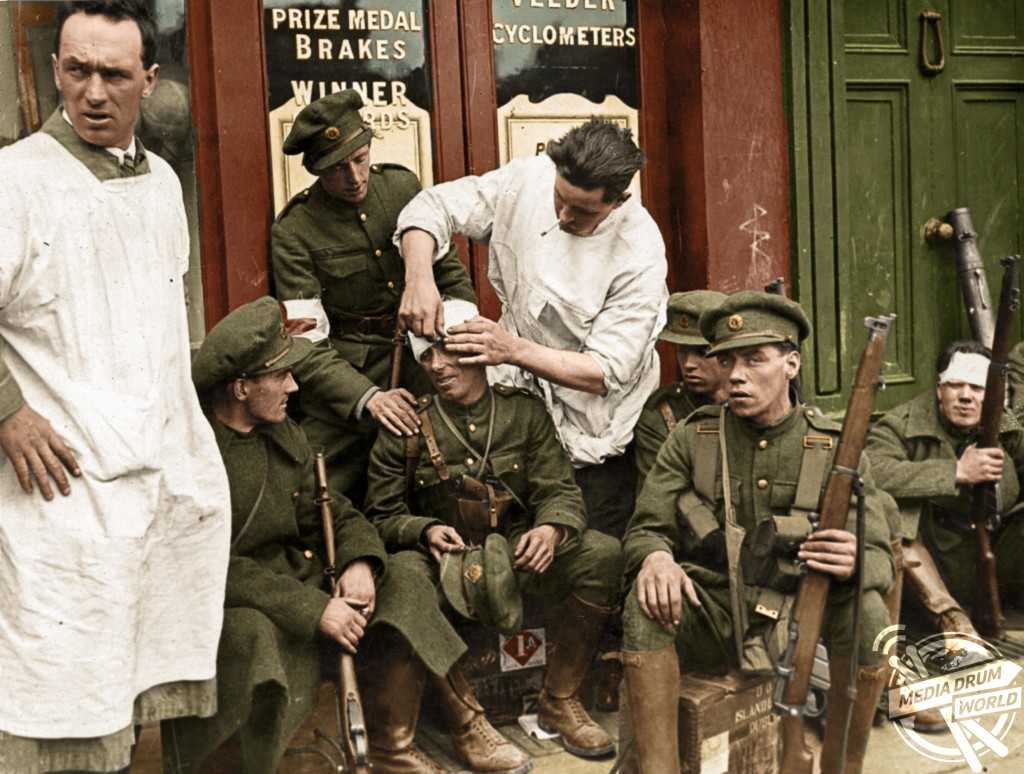
By Mark McConville
INCREDIBLE images of Ireland’s Civil War have been brought into the twenty-first century after being expertly colourised.
The stunning colour pictures show Irish revolutionary leader Michael Collins posing for the camera and his coffin, draped in the Irish tricolour at his funeral after he was assassinated.
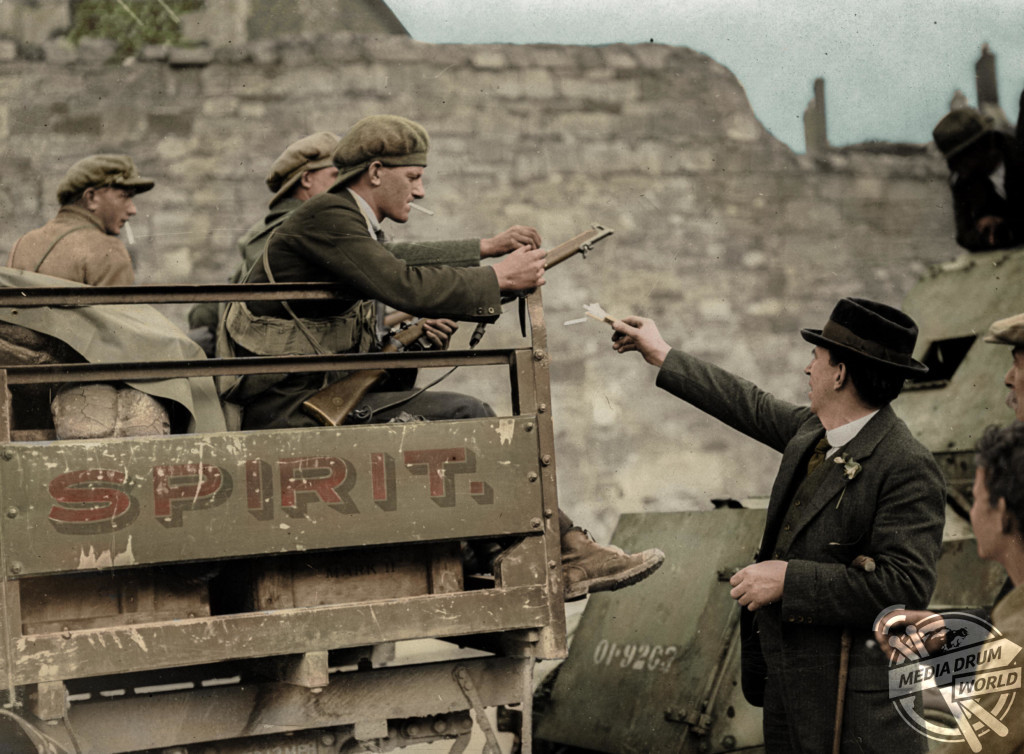
Other rare photographs show soldiers of the Irish Free State Army taking a break in the capital city Dublin, a soldier in a firing position as he searches a badly damaged house and a young girl wearing an ill-fitting coat looking into the camera.
The war-time snaps were painstakingly colourised by photographer and colourist John O’Byrne from Rathangan, Kildare, Ireland.
“Irelands Civil War is still a sore subject in many rural areas of Ireland, with communities still split as to what side they or their families were on,” he said.
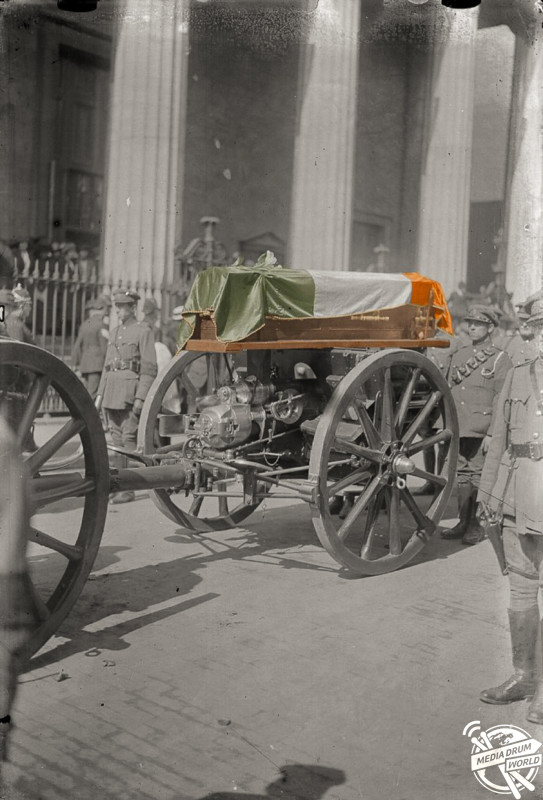
“It is also the first conflict that the newly formed Free State Army encountered, their enemy often being men and even relations that they been comrades with just months before during the war of independence.
“It is also therefore the first photos of the Free State Army, and the beginning of the visual archive which has since grown to document the history and events of the Irish Defence Forces.”
The Irish Civil War was a conflict that followed the Irish War of Independence and accompanied the establishment of the Irish Free State, an entity independent from the United Kingdom but within the British Empire.
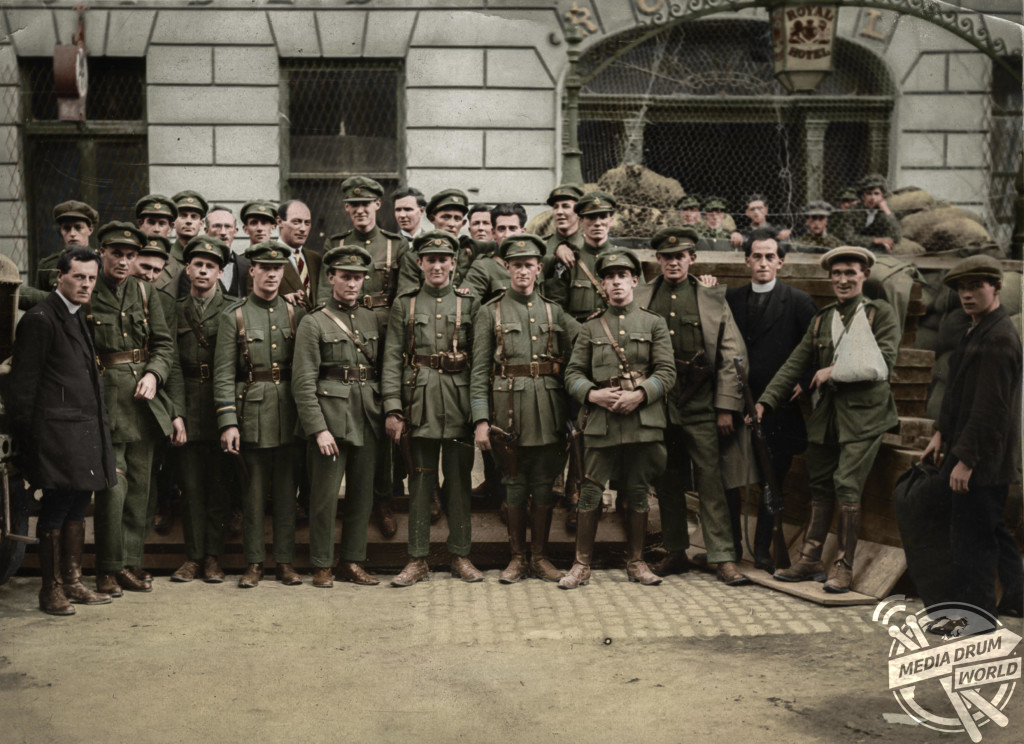
The civil war was waged between two opposing groups, Irish republicans and Irish nationalists, over the Anglo-Irish Treaty.
The forces of the Provisional Government (which became the Free State in December 1922) supported the Treaty, while the Republican opposition saw it as a betrayal of the Irish Republic (which had been proclaimed during the Easter Rising).
Many of those who fought on both sides in the conflict had been members of the Irish Republican Army (IRA) during the War of Independence.
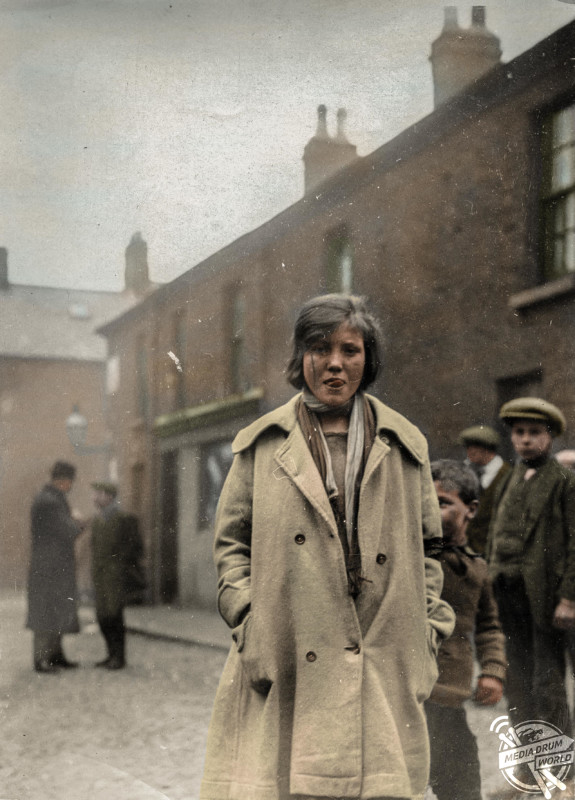
The Civil War was won by the Free State forces, who benefitted from substantial quantities of weapons provided by the British Government.
John was intrigued by the old war photographs that he saw in his grandmother’s house when he was growing up. He explained how this led to his interest in Irish Military History.
“Having had family connections and fatalities on both sides of the Irish Civil War is where my love and dedication to Irish Military History stems from, and the old faded photos in my grandmothers always had an air of mystery to them,” he added.
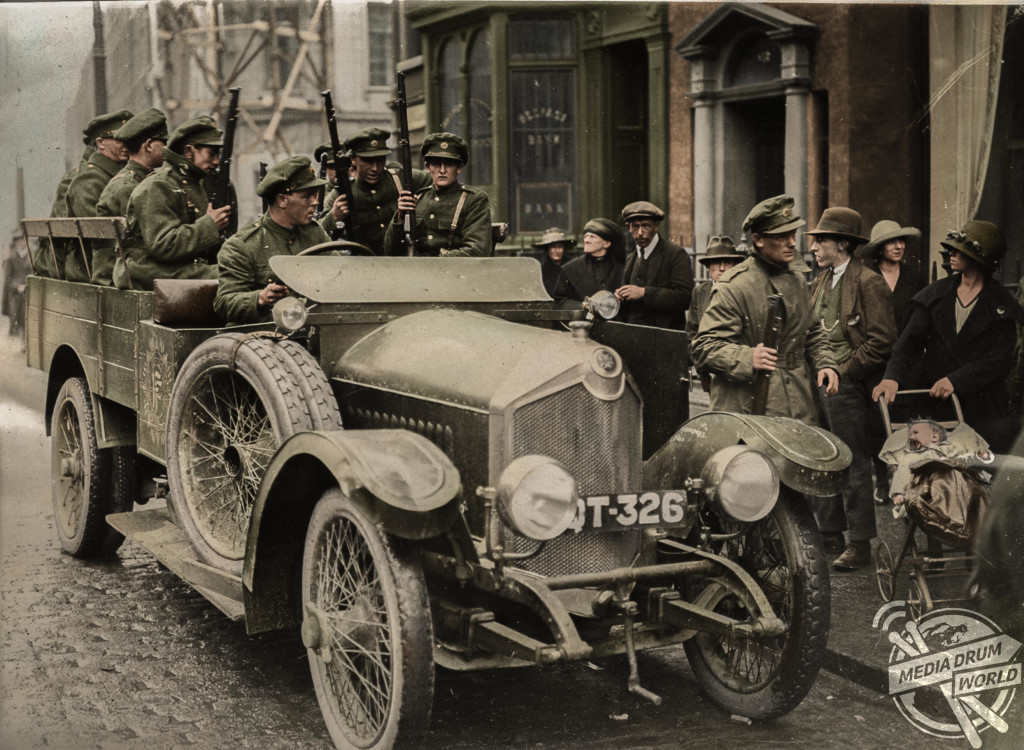
“They were torn and faded beyond belief and I always wondered what did those men and women really look like in person; what colour was their hair? Their eyes?
“So I thought myself how to restore and colour photos and as soon as colour is added the faces come alive, the person seems come alive again and in some way bring history a little closer to home.”






